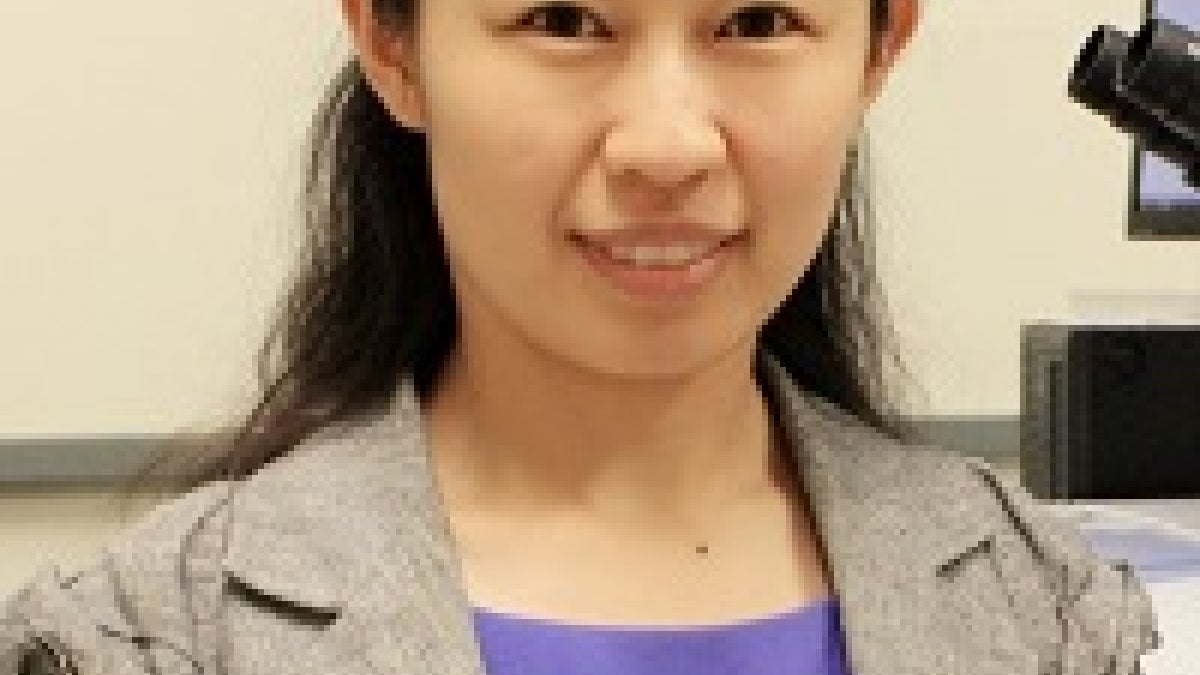Arizona State University engineer Yu Yao is working to develop faster, more accurate and portable methods of mid-infrared laser spectrometry, an advance that would improve technology used in a broad range of fields.
Yao, an assistant professor of electrical engineering in the Ira A. Fulton Schools of Engineering, was among the 56 scientists recently awarded a Young Investigator Research Program (YIP) grant from the Air Force Office of Scientific Research. The program AFOSR received more than 265 proposals, awarding grants to only 20 percent of applicants.
Infrared light exists on the low end of the electromagnetic spectrum, with a longer wavelength and a lower frequency than visible light. In spectrometry, infrared lasers are used to detect and identify chemicals based on their unique molecular properties. Currently, there are two widely used systems that employ infrared lasers for this purpose: Fourier transform infrared spectrometry (FTIR) and tunable infrared laser spectroscopy.
“FTIR has been around for decades and is really the standard instrument,” Yao said. “However, it’s expensive, slow and takes up a lot of room.”
FTIR is also limited by its low-resolution and low-sensitivity measurements, generally able to detect only parts per million. In comparison, tunable infrared laser spectroscopy is able to detect parts per trillion, and it is portable and compact. But, as its name suggests, it requires tuning the laser to emit at different frequencies across a broad spectral range, which limits the speed and precision of this technique to the tuning speed and accuracy of laser frequency.
With the aid of her grant, Yao endeavors to create a more robust, user-friendly and portable infrared laser spectrometry device that addresses the shortcomings of existing methods. Her goal is to develop a device capable of sensitive, precise and high-speed spectroscopy over the entire range of the mid-infrared spectrum.
To do so, Yao will build upon techniques developed for visible light known as frequency comb spectroscopy, which can broadcast across a range of frequencies. This eliminates the need to tune a laser source or scan a mirror while producing a high-resolution, high-sensitivity and high-speed reading from a portable device.
“Such a device would have a broad range of applications,” Yao said. “It can be used to test air quality, run a non-intrusive medical diagnostic, assist space exploration and or be used in security or defense.”
Through conversations with physicians, Yao became interested in expanding the use of infrared spectrometry to have a tangible impact on surgery and medical diagnostics.
“On a trip to the Mayo Clinic, I found a lot of potential applications of fast and in-situ mid-infrared spectroscopy and imaging to help patients, be it in surgery, diagnostics or development of pharmaceuticals,” Yao said.
While the potential applications of this technology are far-reaching, Yao’s primary goal is to develop a mid-infrared frequency comb generator. With the use of graphene metasurfaces, which exhibit unique optical properties not achievable by any other materials, Yao aims to overcome obstacles that have long prevented the development of a mid-infrared laser capable of generating frequency combs.
“Hopefully, the outcome of this research will not only lead to more in-depth understanding of graphene optoelectronics and mid-infrared semiconductor lasers, but also bridge the technological gap left by current infrared spectroscopy methods and enable a wide range of uses, from space exploration to environmental and biomedical applications,” Yao said.
Yao earned bachelor’s and master’s degrees in electrical engineering from Tsinghua University in China and a doctoral degree in electrical engineering from Princeton University in 2011. Before joining ASU in 2015, she worked as a postdoctoral fellow at Harvard University.
More Science and technology

ASU and Deca Technologies selected to lead $100M SHIELD USA project to strengthen U.S. semiconductor packaging capabilities
The National Institute of Standards and Technology — part of the U.S. Department of Commerce — announced today that it plans to…

From food crops to cancer clinics: Lessons in extermination resistance
Just as crop-devouring insects evolve to resist pesticides, cancer cells can increase their lethality by developing resistance to…

ASU professor wins NIH Director’s New Innovator Award for research linking gene function to brain structure
Life experiences alter us in many ways, including how we act and our mental and physical health. What we go through can even…
